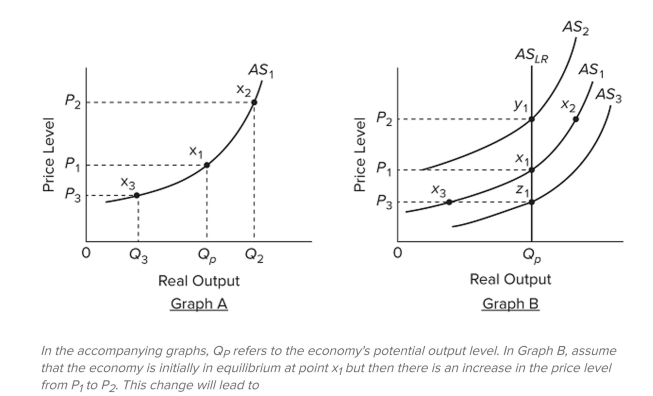Multiple Choice

A) a movement from to in the short run, and the unemployment rate decreases, followed by a shift from to as nominal wages rise in the long run.
B) a movement from to in the short run, and the unemployment rate decreases, followed by a shift from to as output rises in the long run.
C)
D)
Correct Answer:

Verified
Correct Answer:
Verified
Q48: <img src="https://d2lvgg3v3hfg70.cloudfront.net/TB8601/.jpg" alt=" Refer
Q49: <img src="https://d2lvgg3v3hfg70.cloudfront.net/TB8601/.jpg" alt=" Refer to the
Q50: What is supply-side economics?
Q51: <img src="https://d2lvgg3v3hfg70.cloudfront.net/TB8601/.jpg" alt=" A) v. B)
Q52: Inflation in the U.S. economy tends to
Q54: In an aggregate demand-aggregate supply framework, fiscal
Q55: <img src="https://d2lvgg3v3hfg70.cloudfront.net/TB8601/.jpg" alt=" Refer
Q56: <img src="https://d2lvgg3v3hfg70.cloudfront.net/TB8601/.jpg" alt=" A) a decrease
Q57: Government can push the unemployment rate below
Q58: A stable Phillips curve does not allow